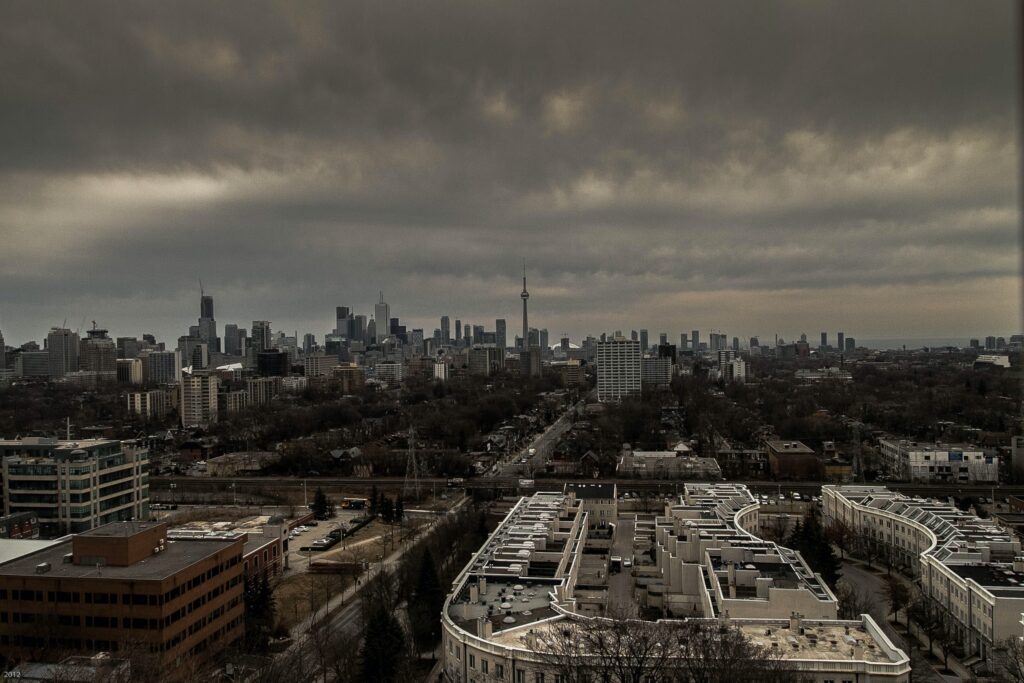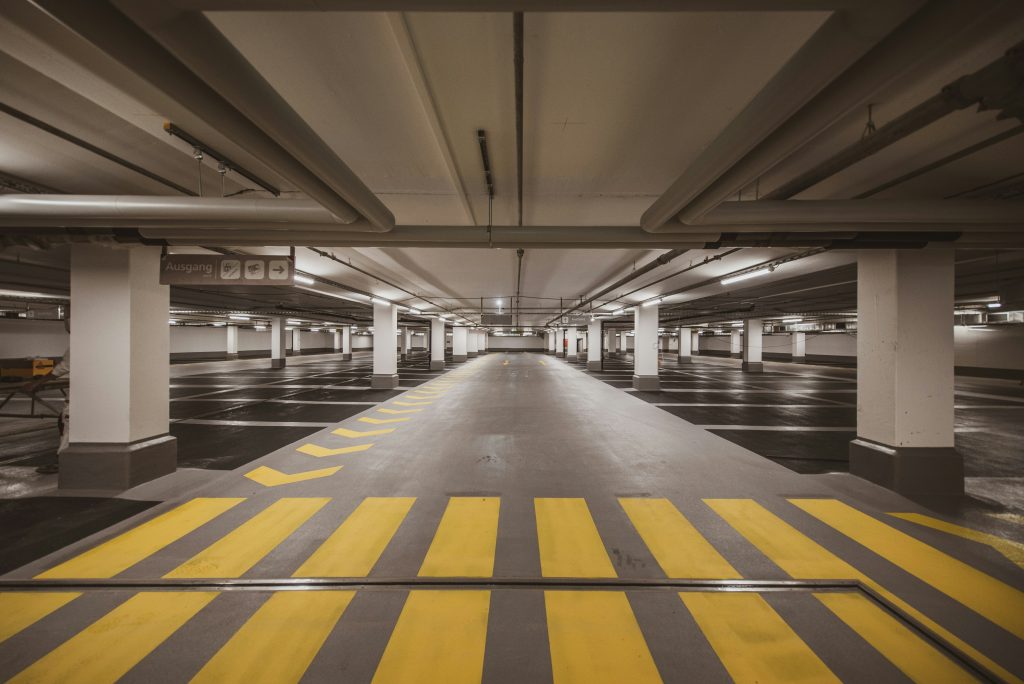With the housing shortage in Ontario not getting any better, and the real estate market relatively stagnant, the Ford Government has a plan. They’ve tabled new legislation that will signal the end of zoning for single-family homes.
Specifically, the legislation’s primary aim is to increase housing supply in Toronto and select other jurisdictions. Another objective of the changes is to help drive down housing costs.
As a real estate agent, I welcome all of the above desired outcomes!
But, what are the details?
Once the bill passes, triplexes, for example, would be allowed on residential lots across cities. This is currently not allowed in Ontario municipalities due to exclusionary single-family zoning. Now, as a result of the legislation, up to three household units will be allowed on one residential property. This could mean a basement apartment, a garden house, or another small dwelling could be built on your property.
It may take a little bit of time for the extra units and additional supply to be built. Regardless, it will be simpler for property owners to build more real estate, increasing overall availability in the GTA.
The legislation will also make it easier for developers to begin construction. In addition to the zoning changes, the Ford Government is waiving a number of fees that provincial municipalities charge to developers in order to build.
While some cities currently allow small apartments or coach houses on individual properties (and in Toronto, Garden Suites and Laneway Housing), this will increase the number of possible units to three. There will no longer be lengthy applications or fees for zoning changes to build these new units on your property either: it will all be allowable without permits under the new legislation.
Furthermore, affordable housing, non-profit housing, and inclusionary zoning units (new developments with affordable housing) will be exempted from a host of current charges that presently fund services provided by municipal governments.
The bill will correspondingly increase housing density near public transit stations, a highly-desirable living area. Property taxes are to be reduced for those in multi-residential apartment buildings as well, and new rent-to-own programs will be introduced.
In particular, the province pinpointed the GTA and a total of 29 municipalities where new housing is needed the most. It’s in these areas where the bulk of new builds are required in order to achieve Ontario’s goal of 1.5 million houses built in ten years. Among them are Toronto (285,000 new homes), Ottawa (151,000), Mississauga (120,000), and Brampton (113,000).
In summary, it will be easier for housing to be built in Toronto and the GTA, which will help with the current shortage of available real estate. Also, if you have room to build on your property, you’ll be able to expand living space adjacent to your home once the legislation is passed.
For full details on all of the changes included in More Homes Built Faster Act (Bill 23), click here.
Does this legislation change your real estate outlook for the next few years? Are you looking to shift from a condo to a home? Read this blog.
Whatever the case, I’d be happy to discuss what this means for your situation now and in the future. Send me a message and we can chat!
Photo by Chelms Varthoumlien on Unsplash






